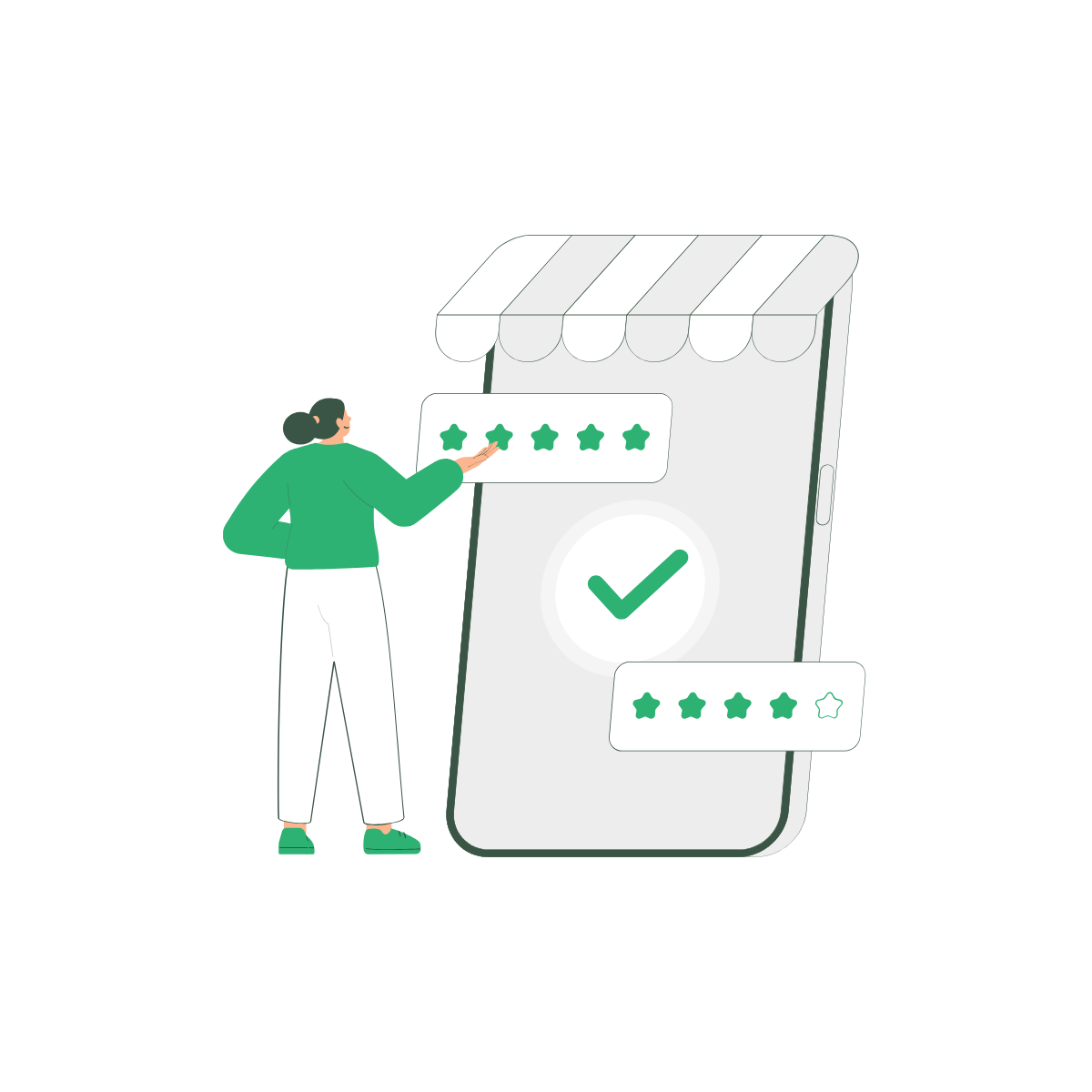
Customer satisfaction
Checklist: Key stages in measuring ongoing customer satisfaction
By the MyOverview team
23 January 2025
Reading time: 5 minutes
Customer satisfaction is at the heart of any company’s success. Whether you’re an SME or a major corporation, understanding and responding to your customers’ needs is essential to building a lasting relationship of trust. But how can you effectively measure customer satisfaction? In this article, we guide you through the best practices for assessing customer satisfaction and how to use the right tools to automate and refine this process.
Why measure customer satisfaction?
Customer satisfaction is about more than just numbers. Not only does it measure the quality of your product or service, it also helps you understand how your customers perceive their experience with your company. High satisfaction leads to increased loyalty, positive recommendations and, above all, better customer retention.
On the other hand, poor satisfaction can lead to negative reviews, increased disengagement and financial losses. That’s why it’s essential to measure customer satisfaction continuously and proactively.
The different indicators for measuring customer satisfaction
There are several tools and methods you can use to assess your customers satisfaction. Here are the most common:
1. Net Promoter Score (NPS)
The NPS is one of the most popular tools for measuring customer satisfaction and loyalty. It is based on a simple question: ‘On a scale of 0 to 10, how likely would you be to recommend our company to a friend or colleague?’
The answers to this question can be used to divide customers into three categories:
- Promoters (score 9-10): Enthusiastic customers, ready to recommend your company.
- Passives (score 7-8): Satisfied customers, but not enthusiastic.
- Detractors (score 0-6): Dissatisfied customers, likely to share negative feedback.
This approach helps you to quickly understand the loyalty of your customers and identify those who could potentially leave your business.
2. Customer Satisfaction Score (CSAT)
CSAT is simpler to set up and assesses immediate satisfaction after a specific interaction (purchase, support, service). Example question:
‘On a scale of 1 to 5, how satisfied are you with our service?’
CSAT measures satisfaction in the short term, after a given interaction. It’s an excellent way of understanding how well your team or department is meeting your customers’ immediate expectations.
3. Customer Effort Score (CES)
The CES measures the effort your customers have to make to resolve a problem or obtain a service. A customer who requires little effort will have a better experience. The question could be:
‘On a scale of 1 to 5, how much effort did you have to put in to solve your problem?’
The aim is to reduce the perceived effort, as customers who have to put in less effort will be more likely to remain loyal to your brand.
Best practices for measuring customer satisfaction
1. Choosing the right time to collect feedback
2. Keep surveys simple and relevant
3. Analyse and act on the results
How to automate customer satisfaction measurement with MyOverview
Collecting and analysing feedback from your customers can quickly become time-consuming if you do it manually. That’s where MyOverview comes in. This tool allows you to automate the sending of satisfaction surveys after every interaction with your customers, whether it’s a purchase, a call or a visit to your website.
Here are some of the advantages of MyOverview for measuring customer satisfaction:
- Automated surveys: The tool automatically sends a satisfaction scale in the form of interactive smileys after each interaction, enabling you to collect opinions on an ongoing basis.
- Real-time analysis: You have access to detailed reports and visualisations of the results as soon as the responses are collected.
- Trend tracking: MyOverview allows you to quickly identify trends, both positive points and areas requiring improvement.
- Save time: No need to manually manage surveys, everything is automated, so you can focus on what needs to be done.
Measuring customer satisfaction has never been more essential to ensuring the long-term future of your business. With metrics such as NPS, CSAT and CES, you can quickly assess your customers’ satisfaction and take action to improve their experience. Automation, via tools such as MyOverview, makes this process even more efficient, allowing you to collect feedback in real time and act quickly.
Download our exclusive resource:
Checklist: Key stages in measuring ongoing customer satisfaction

